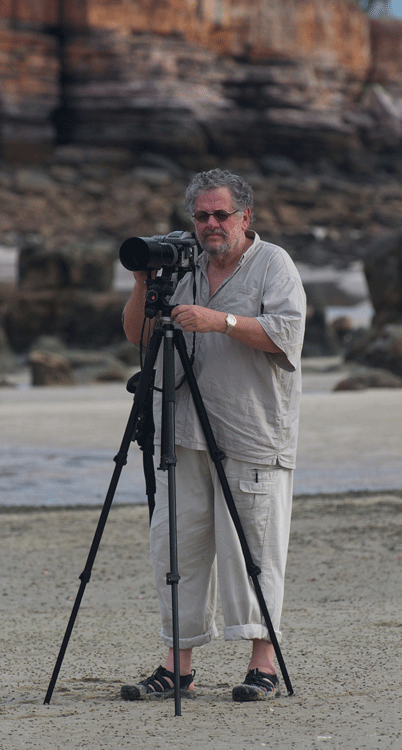Last updated . 29 October 2023
Steve recently clocked up his 50th anniversary as Australia’s best-loved nature photographer.
To share the fantastic experiences he’s had during his career so far, he’s released a photographic biography in coffee-table-book form called Steve Parish: 50 Years Photographing Australia (available from www.steveparish.com.au).
Q. What got you interested in photography?
When I took up spearfishing as a teenage boy, I wanted to tell stories about my adventures underwater. My primary inspiration, though, was a trip to Kangaroo Island with the South Australian Museum.
Q. After 50 years as a photographer, is there anything you still need to learn?
There’s a lot more I can learn. Photographing the natural histories of thousands of animals, plants and landscapes will keep me learning until the day I die.
Q. What is your favourite place to photograph in Australia?
My favourite place is wherever I happen to be, although I do like ecosystems with horizons like the vast arid lands of Australia.
Q. What are three quick tips that will make any amateur photographer more like a pro?
1. Eliminate any element from your photograph that is not relevant to the story you are trying to tell. You can do this by cropping, changing your shooting position and/or zooming your lens.
2. Ensure your point of focus is on the primary subject you are photographing, especially if you are shooting with a telephoto lens.
3. Manage your backgrounds so that they do not interfere with the main centre of interest in your picture. To achieve this, run your eye around the background before you pull the trigger. This is especially important when photographing subjects such as animals and plants.
Q. What are three things you wouldn’t travel without?
My CDs (faves include Joe Cocker and Leonard Cohen), cameras and swag.
I take five cameras on the road with me, which include two Nikon F3 and two F3S cameras with lenses that range from 1000mm, 500mm, 400mm, 70-200mm zoom, 200mm Micro [macro close-up] lens and 14-35mm wide-angle lens. Plus one Hasselblad medium-format digital HD50 camera with 350mm, 120mm macro, 80mm and 28mm lenses.
Q. What is your favourite photo from your career so far?
I love this image (above). It remains as exciting to me as the day I took it because it captures a rare coming together of subject, mood and design.Here, egrets, herons and spoonbills have congregated on a fish-rich wet-season channel at Fogg Dam Conservation Reserve near Darwin. During the sequence, two intermediate egrets decided the tension was a little too great, which escalated into an aerial scuffle. It was sheer chance that the pleasing lighting and additional event of the herons fighting all came together in a single moment.
![]() 3 mins Read
3 mins Read

top stuff